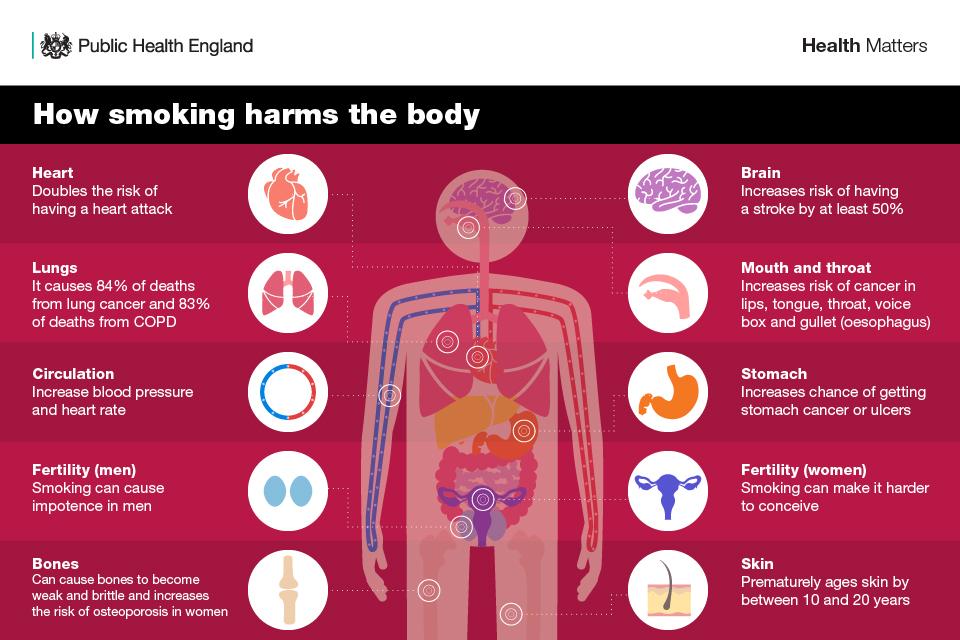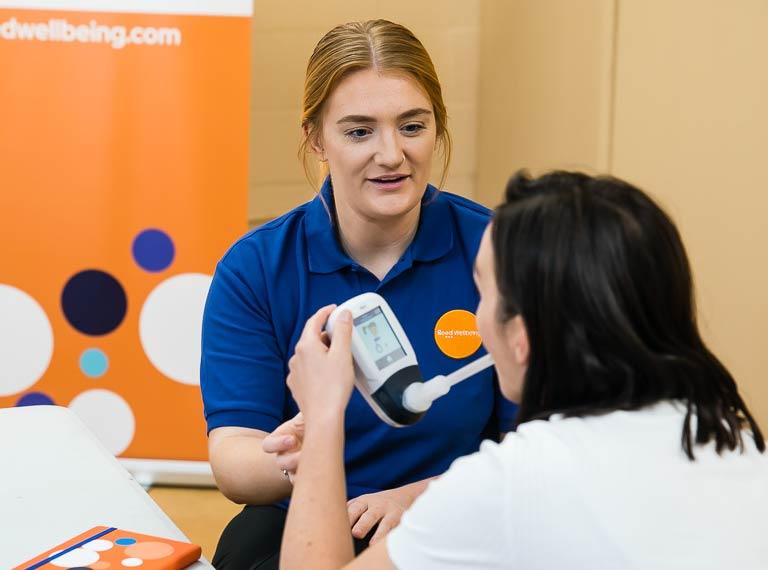What is tobacco use?
Tobacco use refers to the habitual use of the tobacco plant leaf and its products. The most common method of tobacco use is by inhaling smoke from cigarettes, pipes, and cigars. However, there are other types of tobacco products such as smokeless tobacco, which can be either sniffed, sucked, or chewed.
Some common and uncommon types of tobacco products include cigarettes, cigars (including cigarillos and little cigars), pipes, shisha (also known as a waterpipe or hookah), bidi (thin cigarettes of tobacco wrapped in brown tendu leaf), paan or gutkha (chewing smokeless tobacco), and snus (smokeless powdered tobacco).
The harms of smoking

Smoking is harmful to almost every organ of the body and causes many diseases, including lung cancer, respiratory disease, and cardiovascular disease. It also increases the risk of developing cancers in other organs, such as the lip, mouth, throat, bladder, kidney, stomach, liver, and cervix. Smoking also impacts fertility and significantly raises the risk of developing type 2 diabetes, eye disease, and dementia. It is essential to understand that smoking is not a lifestyle choice but a chronic relapsing condition that requires treatment.
How can you reduce your risk and quit?
Join your local stop smoking programme: Evidence suggests you're 3 times more likely to quit with support rather than attempting a quit by yourself. Stop smoking programmes will also offer nicotine replacement therapy like patches or gum, provide access to medications, and in some cases e-cigarettes, all this alongside behavioural coaching, to support your quit attempt.
Think positive: Nicotine is an addictive substance which many can find difficult to reduce or stop. You might have tried to quit smoking before and been unsuccessful, but don't let that put you off. It takes most people several attempts before the new habit of not smoking anymore sticks.
Make a plan to quit smoking: The ‘Not a Puff’ rule means making a promise to yourself and those around you, setting a quit date, and not having even a single puff from that date. Sticking to the "not a puff" rule is a positive step towards sustaining this habit change. By committing to a set date, it gives you the opportunity to prepare by removing all smoking-related items like lighters and papers from your home which will help reduce any temptation or craving triggers.
Consider your diet: Is your after-dinner cigarette your favourite? A US study revealed that some foods, including meat, make cigarettes more satisfying and the same was found for fizzy drinks, alcohol, tea and coffee. If you have certain foods/drinks you associate with smoking, it may help to change those around for the first couple of months in the early stages of your quit attempt.
Identify when you crave cigarettes: A craving can last 5 minutes. Before your quit date, make a list of easy to action 5-minute strategies. Think of ways to distract yourself during this time and use aids like nicotine replacement gum to help manage nicotine withdrawal. Delay, Distract, Decide
Get some support: If friends or family members want to give up too, suggest to them that you set a quit date together.
Get moving: A review of scientific studies has proven that exercise, even a 5-minute walk or stretch, reduces cravings and may help your brain to produce anti-craving chemicals.
Make non-smoking friends: When you're at a social event, stick with the non-smokers or practice explaining your motivation for quitting and how your friends can support you. This includes creating a plan to not offer you any cigarettes while you're out.
Keep busy: When you're out, try putting your drink in the hand that usually holds a cigarette, or drink from a straw to reduce the craving for a cigarette. You could also hold a pen or keep your hands busy when at home.
Make a list of reasons to quit: Keep reminding yourself why you decided to give up. Make a list of the reasons and read it when you need support.
Around 60% of smokers express a desire to quit, with 20% intending to do so within three months. Currently, about half of all smokers in England attempt to quit unaided using willpower alone, despite this being the least effective method. Quitting smoking with the help of support can significantly increase the chances of success.
Helping people lead healthier lives.
Reed Wellbeing is passionate about helping people lead healthier lives, which includes supporting people to stop using tobacco.
In 2023 alone we have supported 1604 people to successfully quit! This included some of our own staff members, our co-members.
Co-member tobacco dependency programme
Last year we launched our staff tobacco dependency programme which is designed to support our co-members in improving their health by quitting using tobacco. The programme is based on the standard treatment programme from the National Centre for Smoking Cessation Training (NCSCT). Co-members who opt-in are provided with one-to-one specialist advice and support to address smoking behaviours and work towards a sustainable long-term quit. All co-members on the programme are eligible to receive a FREE starter pack of Nicotine Replacement Therapy (NRT) or an e-cigarette to support alongside behaviour change interventions.
At a national level and within local communities we participate in forums, research and national guideline discussions. Most recently we have provided our input to the draft guideline, "Creating a smoke-free generation and tackling youth vaping,", which will be made public soon on the gov.uk website.

